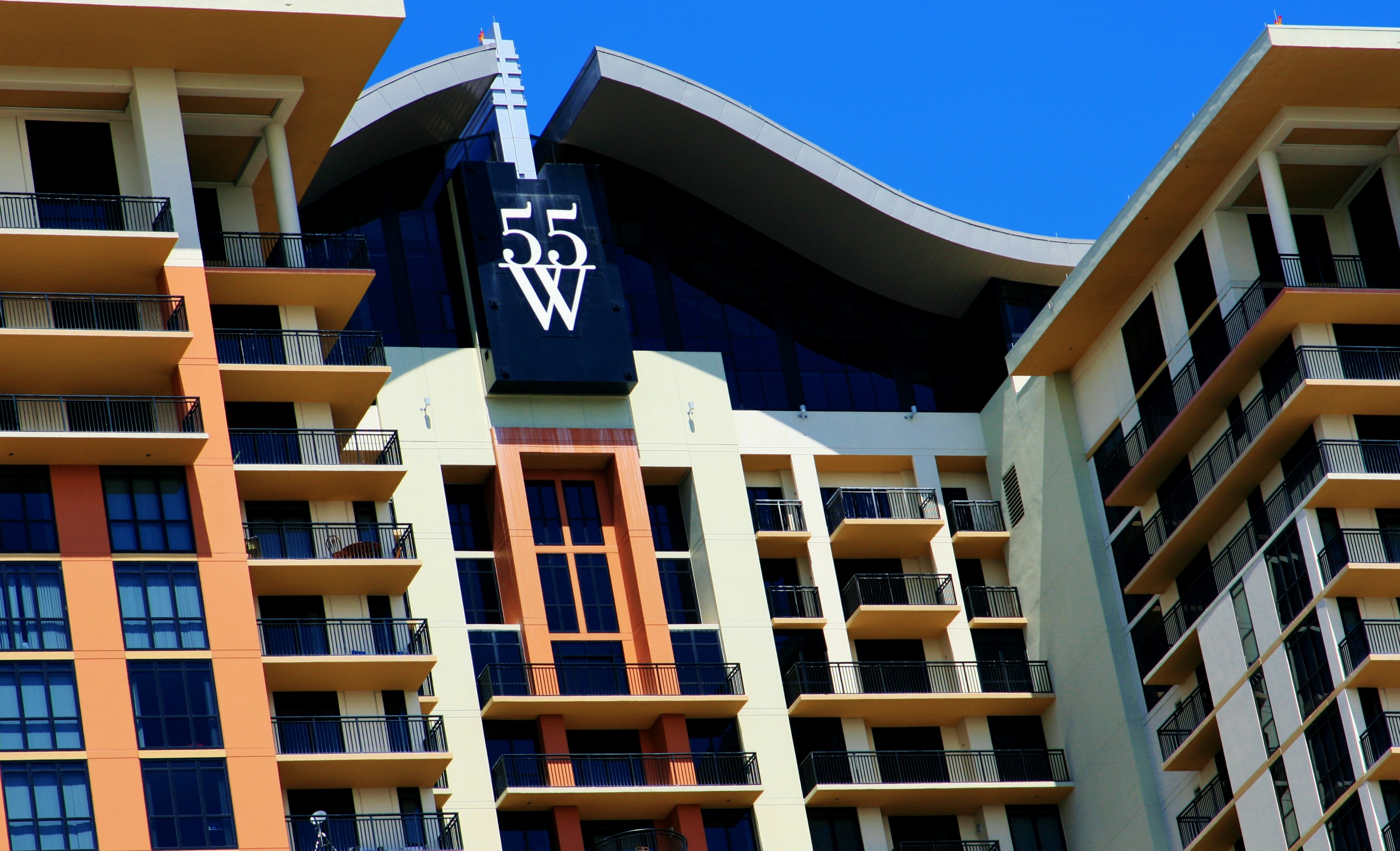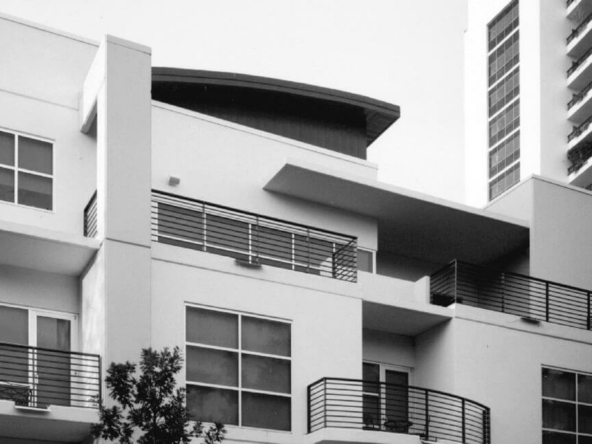OUTSIDE the United States, many real estate developers have less of an appetite for risk than their counterparts here.
In South America, for instance, developers typically ask buyers to pony up a big chunk of the total price of an apartment in a new development long before it’s finished.
So South Americans pay huge installments — often 50 percent or more of the cost of the unit by the time the building is completed. It’s a system that most Americans, accustomed to financing at least 80 percent of a property with a bank loan, would consider unworkable.
I remember being shocked to learn from the owner of the apartment I rented in São Paulo, Brazil, where I lived as a foreign correspondent, about the schedule of huge payments — totaling 57 percent — he had had to deliver to the developer as the condo building went up. It was all nonrefundable, he told me.
But what if something went wrong, I asked him, like the developer going bankrupt? Or if the economy suddenly exploded into crisis, which is certainly not unheard of in South America?
He just shrugged. That’s simply how things are done down south, where interest rates are much higher, and where historically high inflation made financing riskier and more expensive than in the United States. The practice is especially common in Brazil and Argentina, but also in smaller countries like Uruguay, where Donald Trump has a licensing agreement for a new residential tower in the beach resort of Punta del Este that will require down payments of 40 percent from buyers before construction begins.
That perspective offers a different lens on the risks that developers are taking in Miami’s recent condo boomlet.
The Miami of today is not the Miami of 2004, when property prices were still rising in large part on a wave of speculation, with buyers putting down, at most, 20 percent and then flipping properties before construction was done.
This is post-bubble Miami, where banks are still skittish about backing new condo projects.
So Miami developers have taken a page from the South American playbook — a handy strategy, given how many willing buyers are flocking to Miami from that continent. Developers of several condos downtown and at the beach are requiring initial deposits of 40 percent or more, and more as they get closer to completion. By the time the building is finished, buyers are forking over as much as 80 percent of the total price of their apartments.
“Essentially, the buyers are helping developers build their buildings,” said Ann Nortmann, senior project director for Palau at Sunset Harbor, a 50-unit development planned for South Beach that requires a total deposit of only 40 percent because the developer, SMG Management, expects more American buyers.
Jorge M. Pérez, chairman of the Related Group of Florida and a chief architect of the new strategy, defends it as necessary to get developments off the ground, and to prevent speculators from flocking back to Miami, hoping to flip apartments as they did in the old days.
“Financing died during the recession,” Mr. Pérez said. “We all were awakened by the things that happened. We said, ‘If we don’t have the buyers that will pay for the majority of the price in the building upfront, then we don’t want to take the chance of building these buildings.’ ”
Related has employed the financing strategy in three buildings now under construction in South Florida (Apogee Beach, MyBrickell and Millecento) and in three others where sales, but not construction, have started (Beachwalk, Icon Bay and One Ocean). A 3,200-square-foot penthouse at One Ocean is listed for $8.5 million.
For all six towers, Related is requiring buyers to pay 40 percent by the time construction begins, and even more during construction. By the time they move in, buyers will have paid 50 percent to 80 percent of the total apartment price.
The strategy isn’t exactly keeping buyers away. MyBrickell and Millecento, both in downtown Miami, have all their units under contract, while Apogee Beach has only two apartments out of 49 still available, according to a Related spokeswoman.
“People said there is no way people would pay that, and people have,” Mr. Pérez said. That’s in large part because South Americans are South Florida’s biggest condo buyers right now. Argentines are “by far” the top buyers, he said, followed by Brazilians, Colombians, Venezuelans, Mexicans and Peruvians. Argentines concerned about high inflation in their country have seen Miami real estate as a stable place to park their money.
Wealthy Europeans, including some from economically distressed countries like Greece and Italy, are also flocking to Miami real estate, as are Americans from the Northeast and Chicago. Many of those buyers are willing to pay all cash for the condos.
Related is sitting on another 20 or so pieces of land from Palm Beach to Miami where it is considering beginning sales for developments “when we think the market is ready,” Mr. Pérez said.
South Florida’s real estate industry has been buzzing about more than 80 planned residential developments. But Mr. Pérez said he saw that as mostly hype.
“There is not that much development going on right now,” he said. “There are a lot of projects that have been announced. But I don’t know where they are going to get financing from.”
For now, with buyers assuming more risk, they don’t have to worry as much. Still, “South Americans are not stupid. They are not going to give money to someone they don’t think is going to deliver the building.”
The new financing strategy is great for developers, who can reduce their risk, but it carries some downsides. For one, it has motivated developers to build more towers for the rich — mostly with foreigners in mind, though they rarely want to admit that — and not for middle-class Americans who simply cannot afford the big down payments, real estate lawyers said.
That could keep lenders from returning to more traditional lending practices, which some appraisers believe is necessary for Miami’s bifurcated real estate market to become truly healthy again. As it is, luxury residences are breaking price records even as tens of thousands of foreclosure cases clog the courts.
Inspections are also an issue. Normally banks require regular inspections during construction to ensure that the buildings are meeting standards. With banks out of the process, developers won’t face the same level of scrutiny, real estate lawyers said.
“Will a developer cut corners?” said Avi Tryson, a lawyer with Beloff Parker Jacobs PLC in Miami Beach. “I am sure they might.” It will fall to government authorities, which require some inspections of their own, to police developers, he said.
And buyers, of course, will have more nonrefundable skin in the game. If they cannot close for whatever reason, developers don’t have to refund the big down payments. “But we will work to help you sell your unit,” Mr. Pérez said.
For now, Related will stick to the high down-payment strategy in its new planned developments. At some point, Mr. Pérez predicted, developers will loosen rules to require 30 percent down.
“The world is going to change,” he said. “I just hope we don’t go back to the past, when we had very highly leveraged buildings” that attracted speculators.
Mr. Tryson, the lawyer, sees the big-money spigot — still flowing so strongly from South America especially — eventually shutting off.
“I don’t know how long it can continue,” he said. “There is only so much foreign money. There is only so much domestic money. At some point there has to be a breaking point where they implement a more mixed model or go back to 20 percent.”




